The Ultimate Guide to Diversity Training in the Workplace
The more educated people become on diversity topics, the more likely they are to prevent issues and change discriminatory situations for minorities. Since a majority of US adults work, the best way to achieve this education is through diversity training in the workplace.

So many minorities face discrimination and double standards in the United States. It seems like every day we hear examples on the news of this happening, no matter what the group is.
This negative behavior toward certain groups follows them into the workplace. A Glassdoor survey found that about three in five US employees witnessed or experienced discrimination at work. While federal and state laws make this illegal, minorities still experience it.
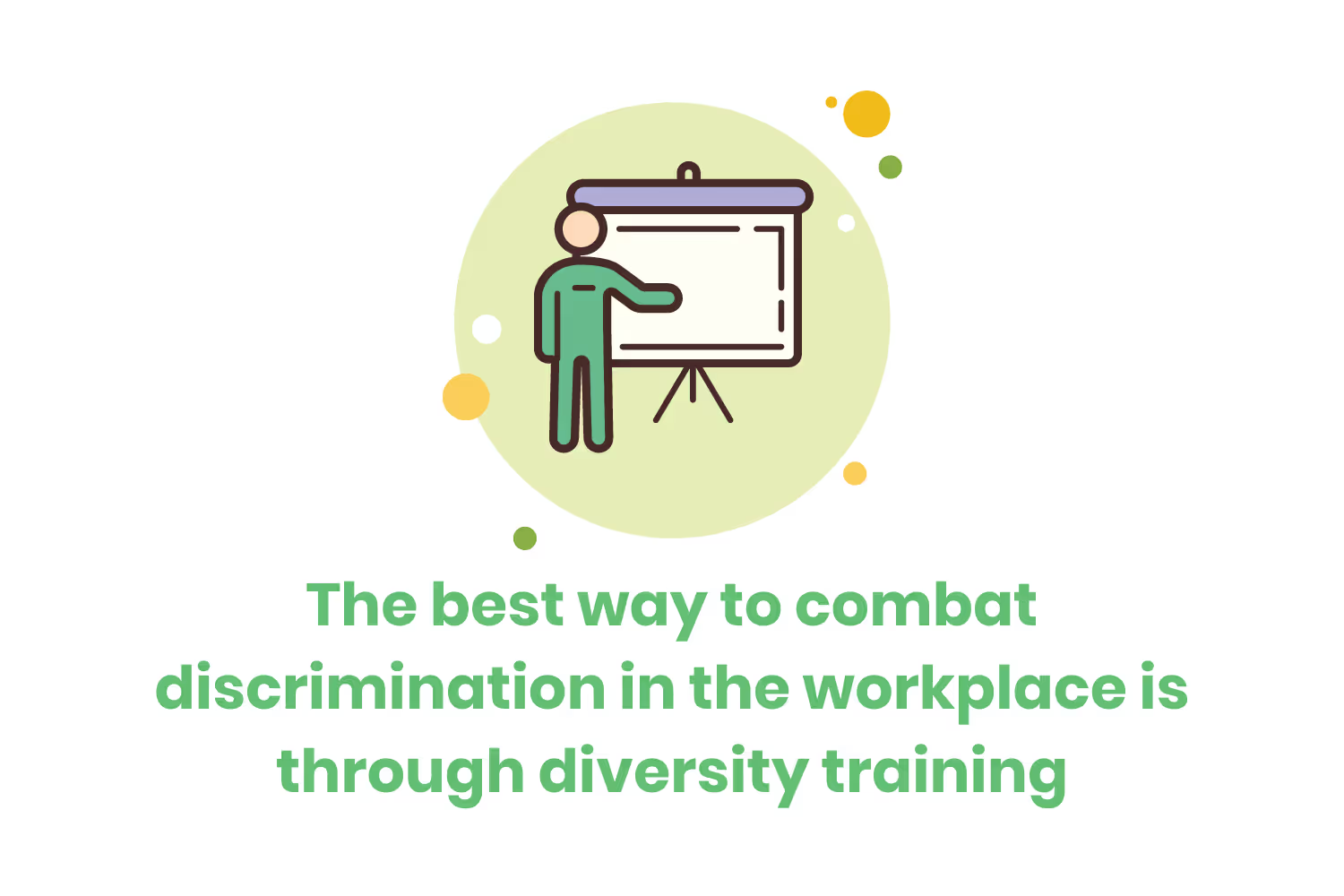
When this happens, it leads to a hostile work environment. This eventually causes serious problems for the company such as people quitting their jobs, leaving bad reviews, or even filing lawsuits. No one wants these negative effects on their company. So how do you prevent it from happening?
The more educated people become on diversity topics, the more likely they are to prevent issues and change discriminatory situations for minorities. Since a majority of US adults work, the best way to achieve this education is through diversity training in the workplace.
What Does Diversity Training Look Like?
Diversity training helps employees develop skills to interact with people of other backgrounds. Through this training, they become aware of and learn how to embrace their differences. It can involve any type of activity designed to increase awareness about minorities and diverse groups in the workplace.
Companies require diversity training for several reasons...
- Employees need to be aware of workplace diversity issues that can negatively affect their coworkers.
- Staff can challenge their own biases about groups to improve their understanding and acceptance.
- They can identify what motivates or demotivates their team based on their differences.
- Individuals will improve their interaction, communication, and collaboration skills to work more effectively with others.

Diversity Training Topics
There are several topics within the diversity training umbrella. These relate to reasons why someone would experience discrimination. Below are some of the topics that diversity training in the workplace should cover based on the most common forms of discrimination.
Age
There will always be a variety of ages in the workplace, especially depending on the industry. People as young as fourteen years old can legally work in some jobs. Of course, you won’t find minors working in industries like health or politics. Some positions require education, training, and experience. On the other hand, there are people up to 90 years old working.
My point is that there will be a range of ages in every company. Each generation has its mannerisms, slang, ideals, beliefs, and opinions. These differences may cause bias in the workplace.
“Ageism” refers to biases that people have toward employees based on their age. This is usually due to the differences in generational beliefs and behaviors. It’s different from stereotyping since ageism is a form of discrimination.
Yet, stereotypes of a certain age group can increase these biases and negative feelings towards others. Labeling someone based on their age creates communication barriers and hinders work performance.
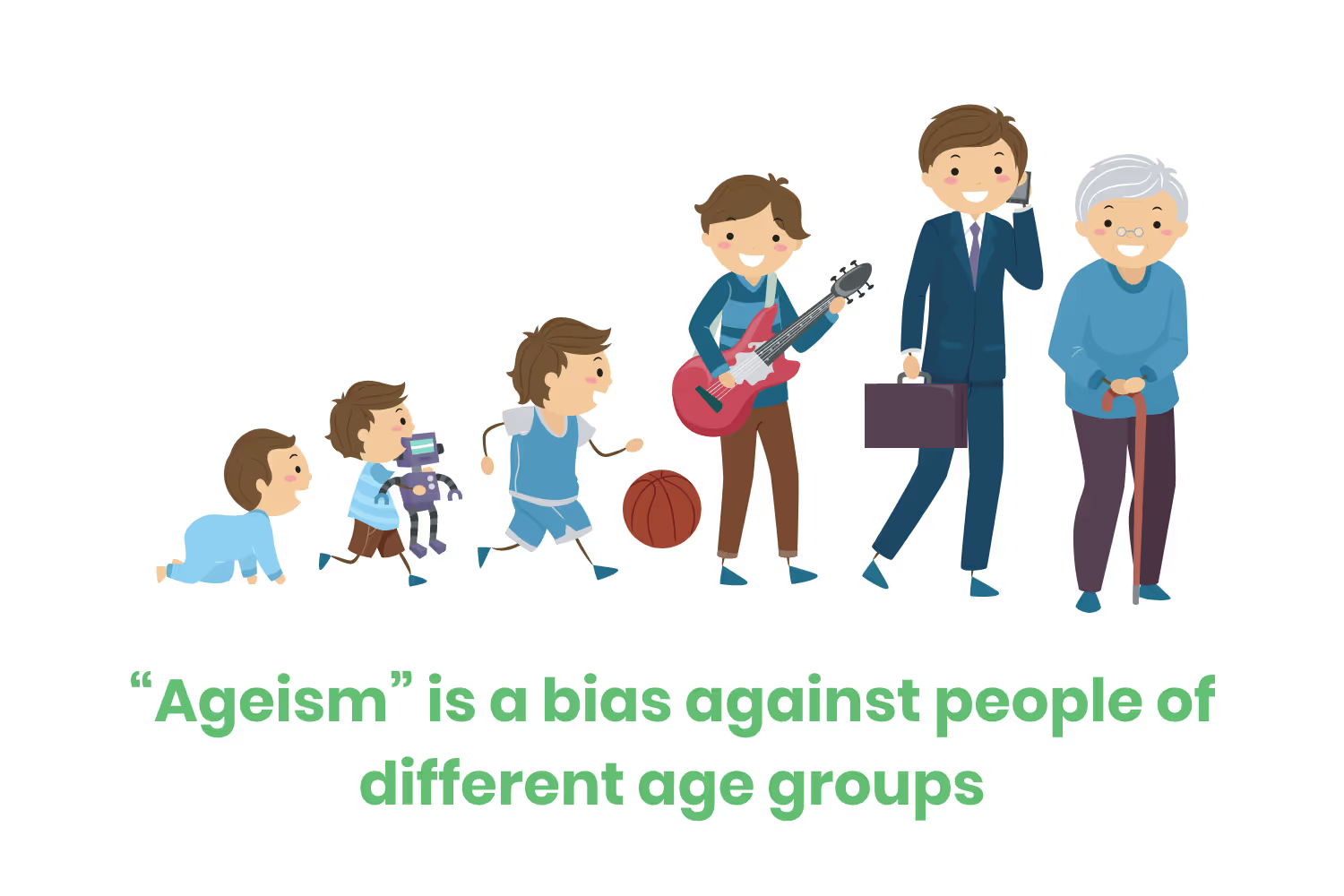
In some cases, ageism can be illegal. The Age Discrimination in Employment Act (ADEA) created a variety of laws forbidding age-related discrimination against people 40 years old or older. The law relates to any aspect of employment, including, but not limited to…
- Hiring
- Firing
- Compensation
- Job assignments
- Promotions
- Layoff
- Training
- Benefits
Even though younger people also experience discrimination, there are no federal laws that forbid ageism for those under 40. But some states do have such laws. Maryland is one state that doesn’t allow prejudice based on any age. There is no age minimum or maximum requirement. This means that the law protects both younger and older people from this discrimination.
Younger individuals entering the workforce may face stereotypes before any true communication takes place. For example, a hiring manager may assume that they don’t have experience because they’re “too young”. Depending on the state laws, this can lead to a lawsuit if someone doesn’t get hired based on their age. And for states that don’t have these laws, an employee may leave the company if they don’t feel welcome because of this.
Diversity training sheds light on the bias and stereotypes that affect each generation. Effective diversity training for this topic helps people recognize and combat those stereotypes. It also educates them on illegal behavior in the workplace, since there are laws surrounding this discrimination. The goal of this training should be to improve relationships between staff of different generations.
Sex
Before diving into this section, it’s important to note that states define sex and gender discrimination differently. Some states have laws regarding…
- Sex discrimination
- Gender identity discrimination
- Sexual orientation discrimination
Other states encompass these laws under the same category. For the sake of this blog, we’ll separate these categories. Sex refers to the biological and physical features that someone was born with.
Biases can occur due to characteristics that society associates with a particular sex. Additionally, individuals may have their own biases due to personal experiences or opinions. The problem is that it’s hard to prove that an employer’s (or employee’s) actions were due to sex discrimination.
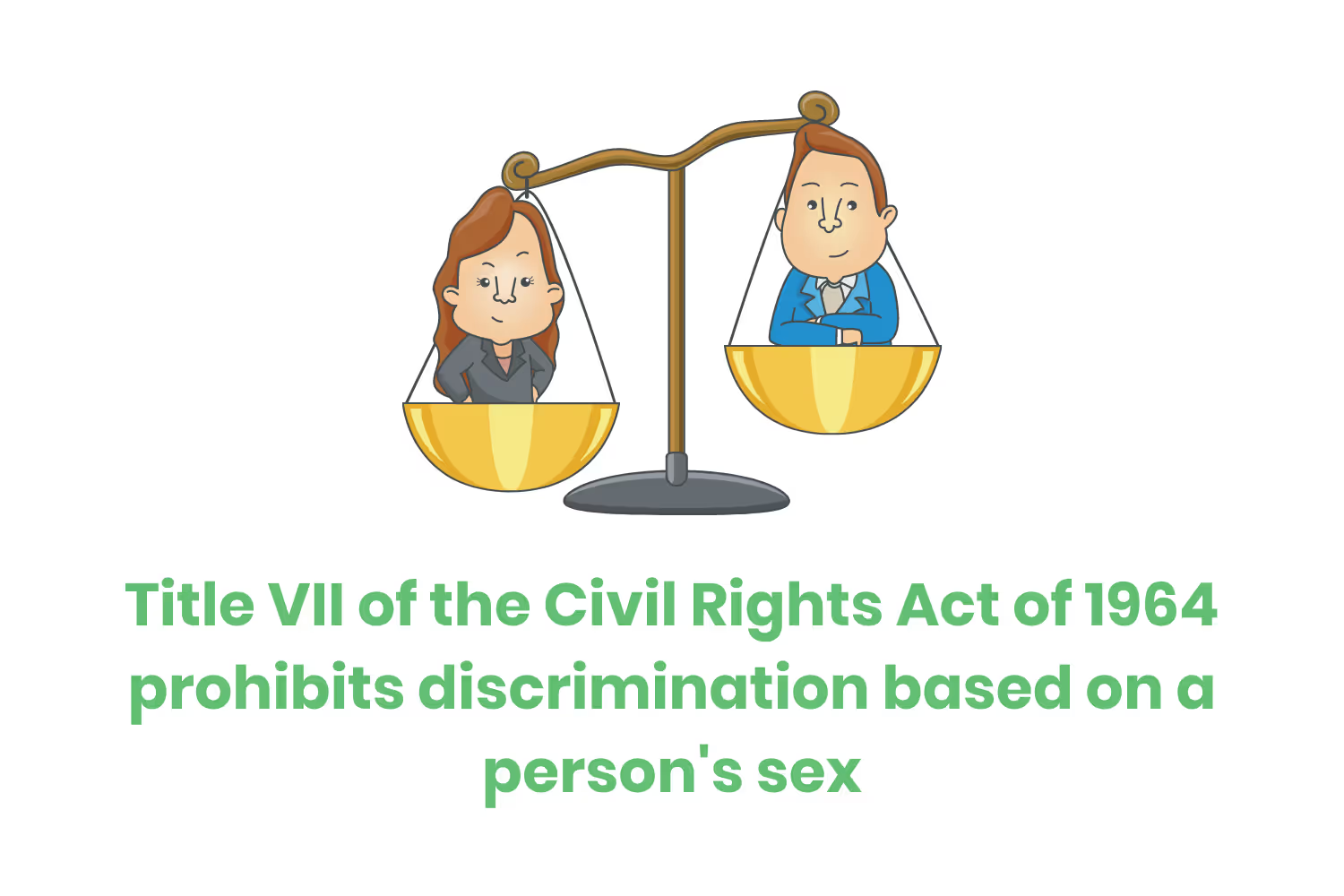
Regardless, Title VII of the Civil Rights Act of 1964 prohibits discrimination on many topics, including sex. It forbids harassment or any other discriminatory action based on a person’s sex.
Because of these laws, companies must provide diversity training that specifically addresses sex bias. Not only does this educate employees on what is legal, but it also makes the workplace more diverse and inclusive. It helps retain employees if it decreases instances of potential harassment.
Sexual Orientation and Gender Identity
Besides biological sex, states have laws that address gender identity and sexual orientation discrimination. LGBTQ+ people make up 6% of all employees. But this number may be higher since about half of LGBTQ+ employees aren’t open about their sexual orientation at work in the US. So, this type of discrimination can affect a significant amount of employees in your organization.
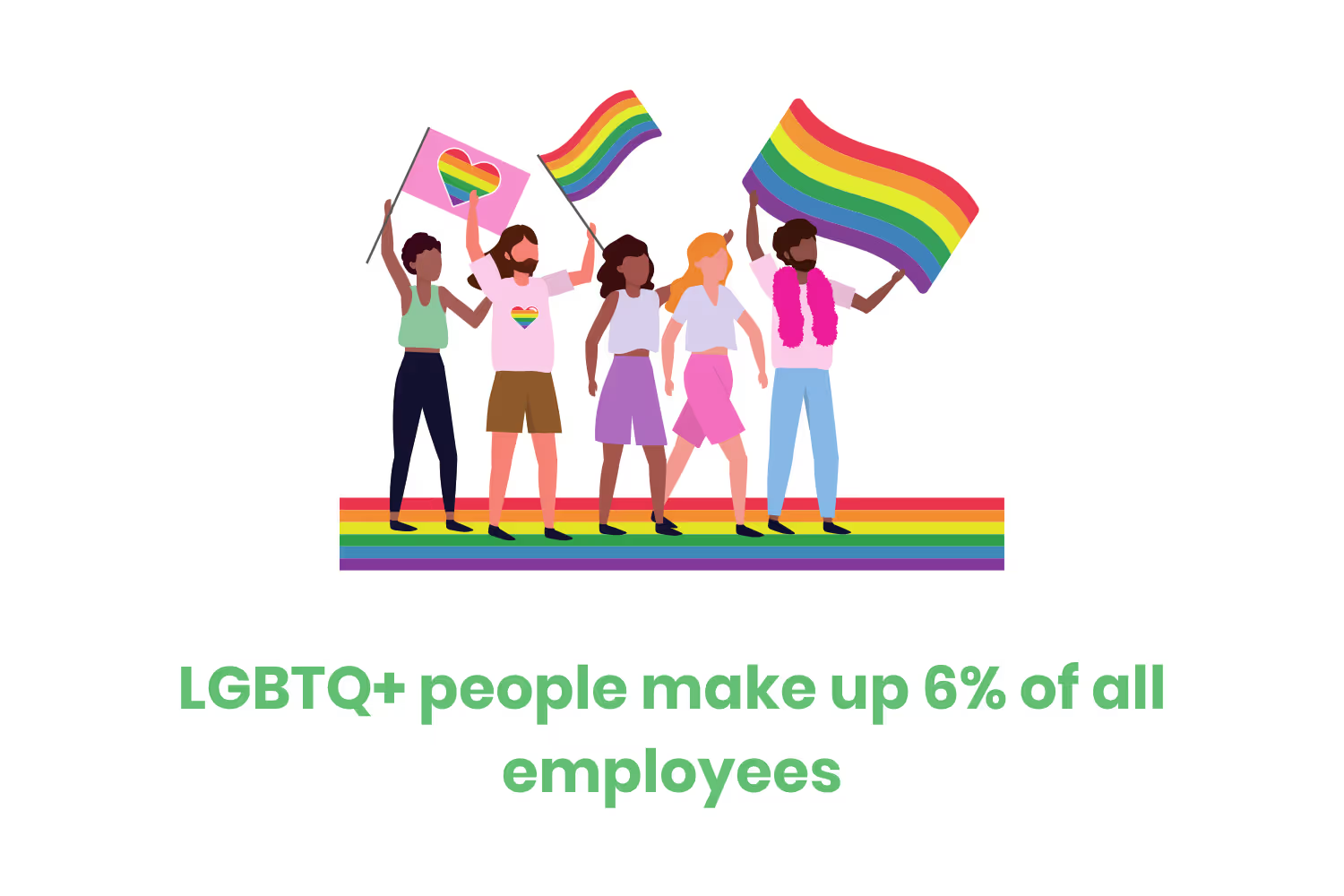
LGBTQ+ diversity training needs to be a priority for employers. It's especially necessary as state laws become more comprehensive and detailed. Because of the sensitivity around this topic, training should also teach staff about terms related to this community. As people gain more understanding about this community, it fosters a better relationship between different employees.
Religion and Beliefs
Religion, political affiliation, and moral beliefs can all cause an employer to form bias against an employee or interviewee. Luckily, Title VII of the Civil Rights Act that I mentioned before also addresses this type of discrimination.
The Civil Rights Act prohibits discrimination based on someone’s religion. For example, many religions have specific types of clothing associated with their practice. Because of the Civil Rights Act, harassment against a woman wearing a hijab would be illegal.

Many employers tend to hire people with similar beliefs and morals. Favoring someone for this can have serious consequences because that violates the Civil Rights Act.
Again, diversity training helps prevent violations against this law. People will better understand each religion’s practices and recognize each other’s different beliefs.
Ethnicity and Race Identity
The Civil Rights Act also prohibits discrimination based on race, color, and national origin. Harassing or discriminating because of physical or cultural traits falls under this law. This includes linguistic characteristics (like accents), ethnicity, or country of origin.
It’s also illegal to discriminate based on the perception or belief that someone is of a specific national origin, race, or ethnicity. It doesn't matter if the perception was correct; it still violates this law.
For example, let’s say that a manager didn’t hire someone because they thought the candidate was Korean. It doesn’t matter if the candidate was actually from Kyrgyzstan or Vietnam. This scenario would fall under the law’s jurisdiction because of the manager’s discriminatory perception.
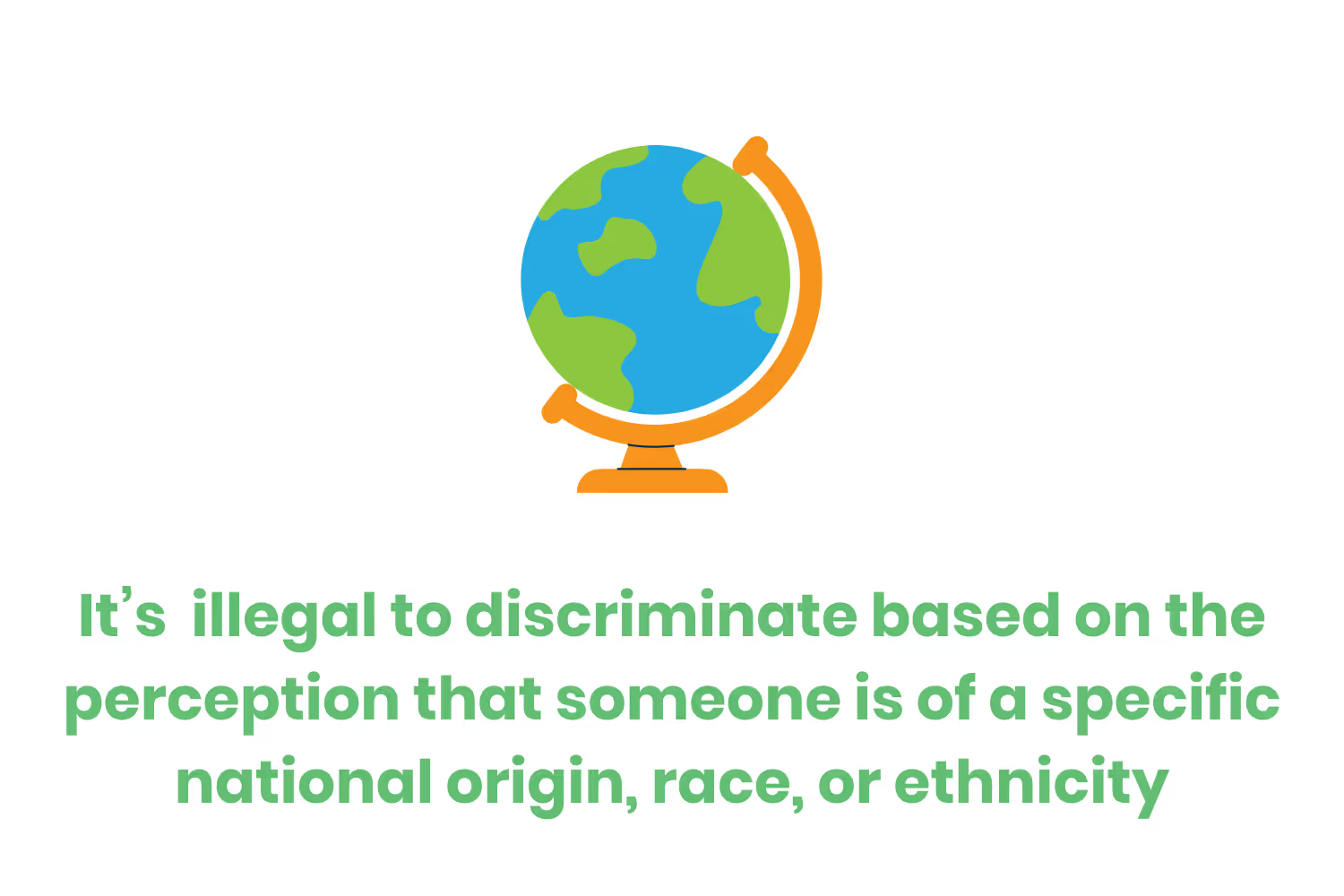
Training should be more than just teaching that it’s illegal to discriminate against others for their ethnicity or race. Since everyone’s culture is different, people may view certain behaviors as appropriate or offensive in the workplace. A great way to help educate your team on these differences is through cultural awareness quizzes. This helps them better understand how to act and talk with people from other backgrounds so that they can be more inclusive.
Disabilities and Physical Abilities
“Disabilities” is an umbrella term that encompasses physical and psychological impairments. Some of these disabilities include…
- Vision impairment
- Deaf or hard of hearing
- Mental health conditions
- Intellectual disability
- Acquired brain injury
- Autism spectrum disorder
- Physical disability

People with any of these conditions may have difficulty getting to work, navigating around the office, or completing job tasks. The more training people receive about these disabilities, the more mindful they will be. They can then make the effort to improve the experience of their coworkers by making them feel more comfortable or helping them with tasks.
Additionally, make sure the building is ADA compliant. By adhering to this, employees with a disability will have their needs supported.
Four Categories of Workplace Diversity
In addition to these topics that you should cover, there are different classifications of training. You also need to consider these when creating your lessons because diversity doesn’t only pertain to legal topics. Employees can differ from each other in more ways than the ones I mentioned above.
The four classifications include…
- Internal diversity
- External diversity
- Organizational diversity
- Worldview diversity
Internal diversity involves the characteristics with which a person is born. Race, ethnicity, assigned sex, and physical ability can all fall into this category. In other words, these are characteristics that relate to genetics or the passing of time.
External diversity can change over time. Someone’s environment, the people in their life, or the events that have taken place can influence these characteristics. Religion, family status, education, and life experience are all examples of these.
Organizational diversity is also known as functional diversity. This category encompasses all the characteristics that distinguish employees from each other. Subsets within this category include…
- Job function
- Seniority
- Union affiliation
- Pay type
- Employment status
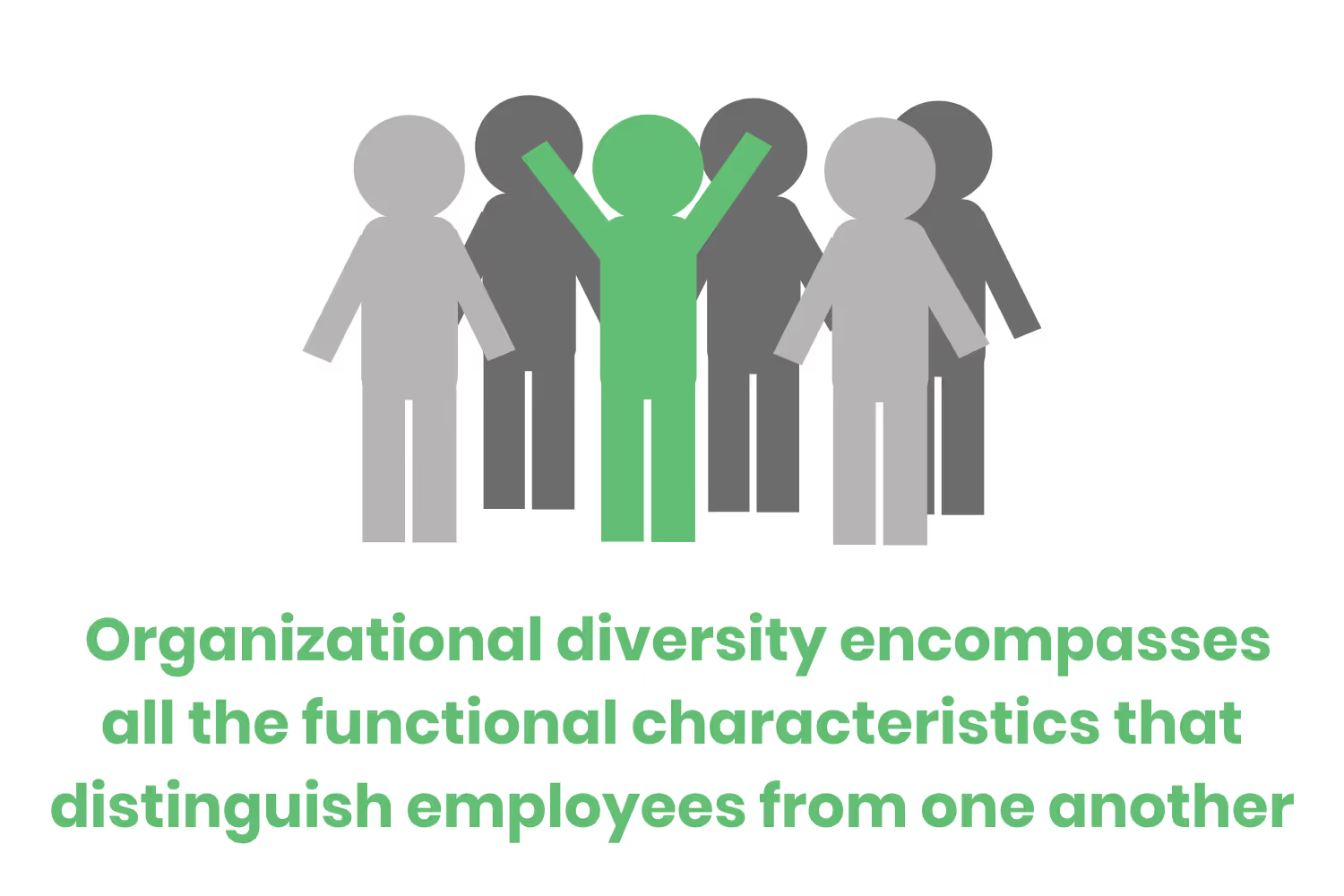
Worldview diversity refers to the way we view the world due to our experiences and opinions. Thus, moral compass, outlook on life, and political beliefs all fall under this type of diversity. They all deal with how someone should interact with the people and entities around them.
Three Levels of Training Modules
So now that you know what to include in diversity training in the workplace, how do you structure these lessons? Let’s break it down into three levels to make it easier. This will help you identify the goals of your training.
The first level of training is the most basic. It involves educating your team on the topics we initially discussed to prevent discrimination. The goal of the most basic level is to foster empathy and respect for coworkers. It’s an honest overview of the issues surrounding workplace identity and culture. Topics within this first level include …
- Anti-racism
- Anti-sexism
- Gender identity and sexual orientation education
- Cultural sensitivity training
- Age-related biases
The next level involves awareness training. This ensures that employees understand workplace equity, which is how to make sure they treat their coworkers equally. Awareness training highlights the experiences of different minority groups and identities.
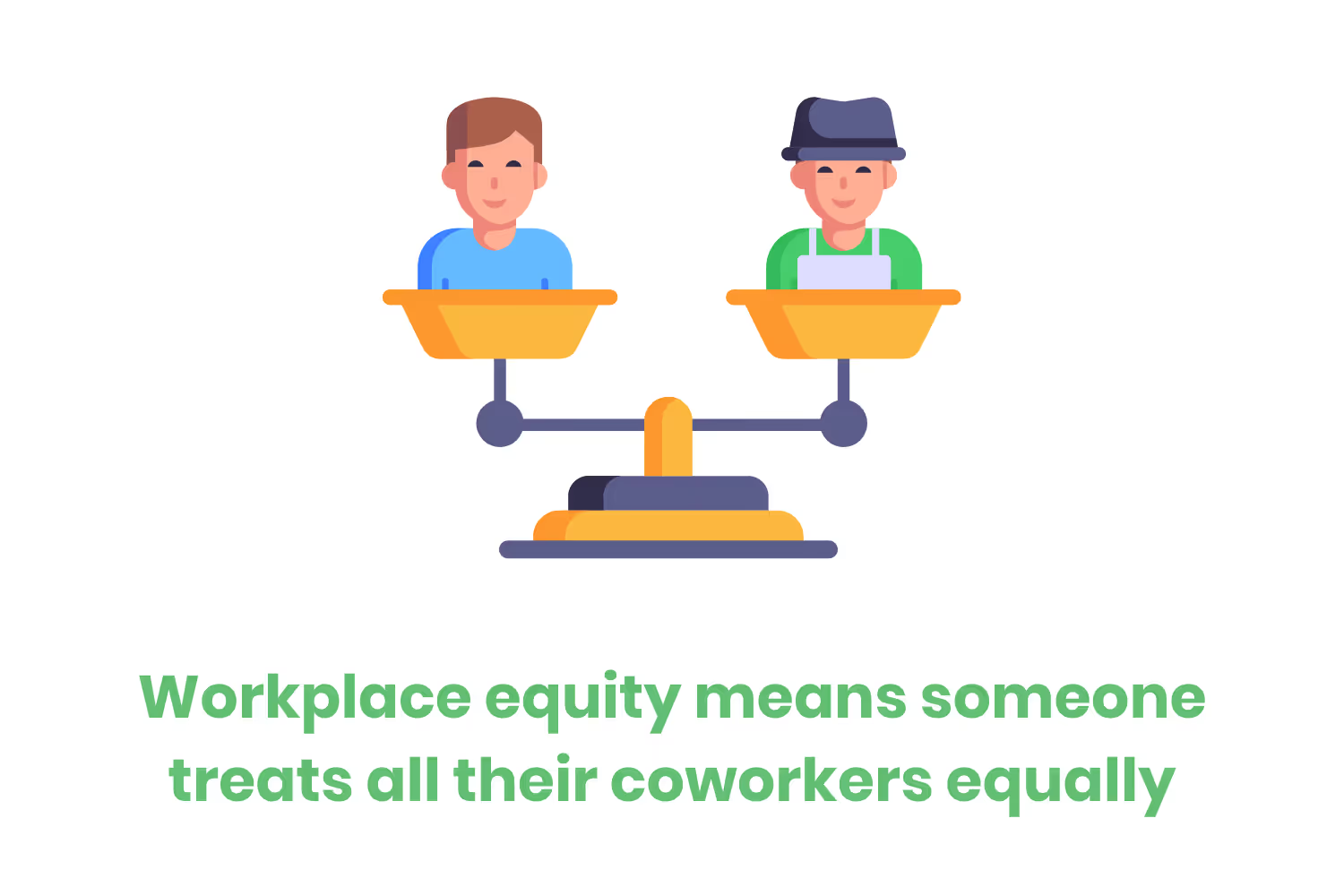
And finally, eradication training aims to help employees recognize ingrained personal behaviors so that they can change them. It involves removing discrimination and stereotyping in the workplace. Employees need to identify, understand, and mitigate unconscious biases. By being aware of microaggressions, they can more easily prevent them in the workplace.
Benefits of Diversity Training
The benefits of diversity training in the workplace are endless. For starters, it improves employee engagement and retention rates since it builds a sense of respect and community. According to employees, respect from leaders is the most important way to encourage commitment and engagement. When employees view their work environment as safe and secure, they’re more likely to stay and be productive.
This training also encourages innovation and collaboration. When people understand and respect their differences, they communicate more effectively. This makes it easier to use their different skills to problem-solve and come up with comprehensive solutions.
In case that isn’t a good enough reason to provide training, there are also financial benefits. Diverse companies are 70% more likely to capture new markets and have a greater chance of outperforming those that are less diverse. They have a 25% higher chance of having above-average profitability.
Those with above-average diversity rates reported 19% more revenue. Gender-diverse companies are 15% more likely to be above the industry’s financial return level. And businesses in the top quartile for staff diversity perform 35% better than companies that only match the national average.
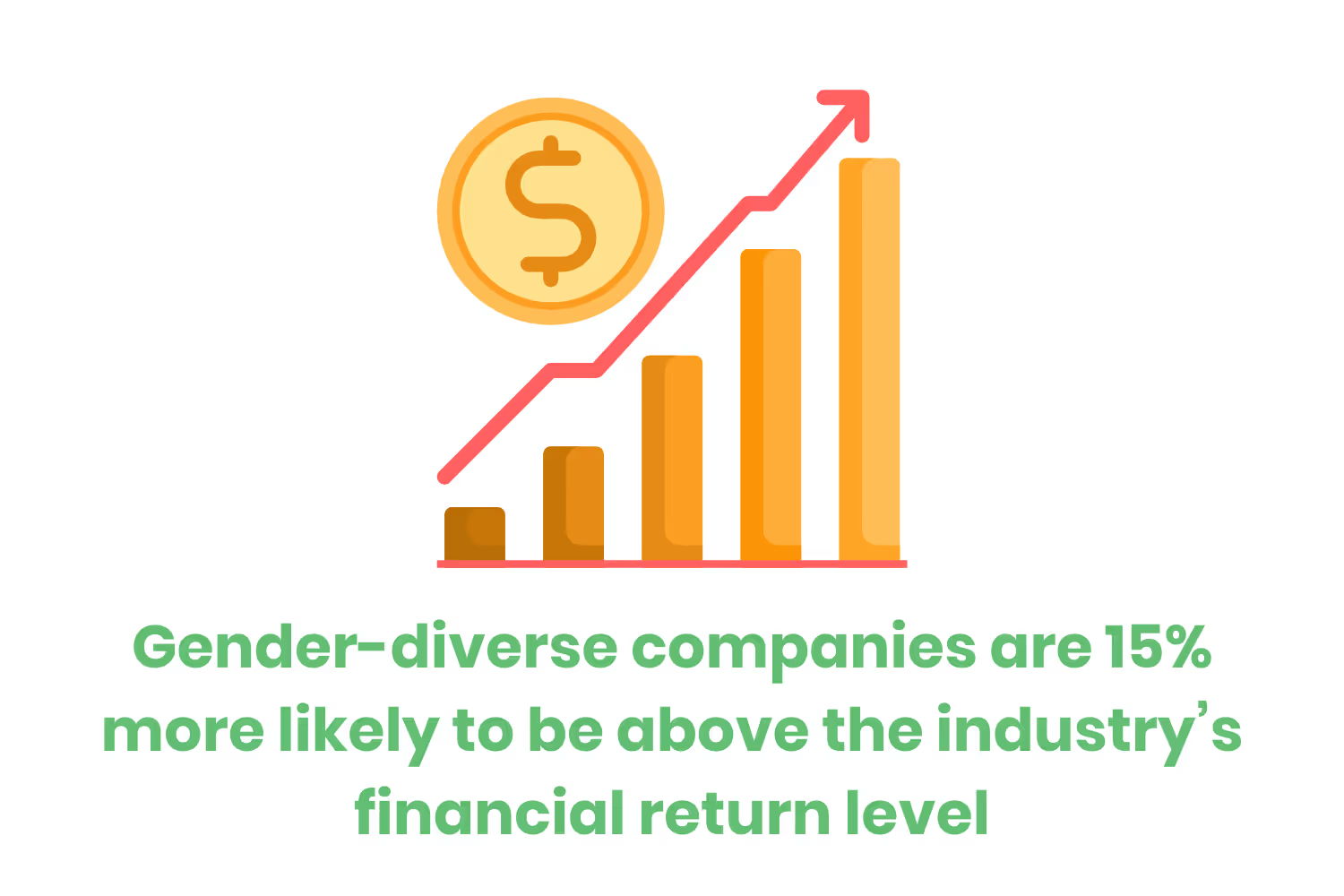
Encouraging an environment of respect for your team while also outperforming your competitors? Sounds like a no-brainer.
Conclusion
As you can see, there are many instances where discrimination is illegal. Because of this, it makes diversity training in the workplace all the more important. This helps educate your team on what isn’t acceptable, even if their behaviors are from unconscious biases. They’ll develop the skills for conflict management and better be able to recognize issues.
But training is important for more than just legal reasons. Encouraging diversity among your staff creates a more inclusive environment. Employees will better communicate with each other if they understand and accept their differences.
When this happens, they’re more collaborative and efficient. This leads to more profits and revenue for companies. Not to mention that staff will be more likely to stay at the organization when they feel included and respected.
With all of these potential outcomes, your company will only benefit by using diversity training in the workplace.
Emphasize your product's unique features or benefits to differentiate it from competitors
In nec dictum adipiscing pharetra enim etiam scelerisque dolor purus ipsum egestas cursus vulputate arcu egestas ut eu sed mollis consectetur mattis pharetra curabitur et maecenas in mattis fames consectetur ipsum quis risus mauris aliquam ornare nisl purus at ipsum nulla accumsan consectetur vestibulum suspendisse aliquam condimentum scelerisque lacinia pellentesque vestibulum condimentum turpis ligula pharetra dictum sapien facilisis sapien at sagittis et cursus congue.
- Pharetra curabitur et maecenas in mattis fames consectetur ipsum quis risus.
- Justo urna nisi auctor consequat consectetur dolor lectus blandit.
- Eget egestas volutpat lacinia vestibulum vitae mattis hendrerit.
- Ornare elit odio tellus orci bibendum dictum id sem congue enim amet diam.
Incorporate statistics or specific numbers to highlight the effectiveness or popularity of your offering
Convallis pellentesque ullamcorper sapien sed tristique fermentum proin amet quam tincidunt feugiat vitae neque quisque odio ut pellentesque ac mauris eget lectus. Pretium arcu turpis lacus sapien sit at eu sapien duis magna nunc nibh nam non ut nibh ultrices ultrices elementum egestas enim nisl sed cursus pellentesque sit dignissim enim euismod sit et convallis sed pelis viverra quam at nisl sit pharetra enim nisl nec vestibulum posuere in volutpat sed blandit neque risus.

Use time-sensitive language to encourage immediate action, such as "Limited Time Offer
Feugiat vitae neque quisque odio ut pellentesque ac mauris eget lectus. Pretium arcu turpis lacus sapien sit at eu sapien duis magna nunc nibh nam non ut nibh ultrices ultrices elementum egestas enim nisl sed cursus pellentesque sit dignissim enim euismod sit et convallis sed pelis viverra quam at nisl sit pharetra enim nisl nec vestibulum posuere in volutpat sed blandit neque risus.
- Pharetra curabitur et maecenas in mattis fames consectetur ipsum quis risus.
- Justo urna nisi auctor consequat consectetur dolor lectus blandit.
- Eget egestas volutpat lacinia vestibulum vitae mattis hendrerit.
- Ornare elit odio tellus orci bibendum dictum id sem congue enim amet diam.
Address customer pain points directly by showing how your product solves their problems
Feugiat vitae neque quisque odio ut pellentesque ac mauris eget lectus. Pretium arcu turpis lacus sapien sit at eu sapien duis magna nunc nibh nam non ut nibh ultrices ultrices elementum egestas enim nisl sed cursus pellentesque sit dignissim enim euismod sit et convallis sed pelis viverra quam at nisl sit pharetra enim nisl nec vestibulum posuere in volutpat sed blandit neque risus.
Vel etiam vel amet aenean eget in habitasse nunc duis tellus sem turpis risus aliquam ac volutpat tellus eu faucibus ullamcorper.
Tailor titles to your ideal customer segment using phrases like "Designed for Busy Professionals
Sed pretium id nibh id sit felis vitae volutpat volutpat adipiscing at sodales neque lectus mi phasellus commodo at elit suspendisse ornare faucibus lectus purus viverra in nec aliquet commodo et sed sed nisi tempor mi pellentesque arcu viverra pretium duis enim vulputate dignissim etiam ultrices vitae neque urna proin nibh diam turpis augue lacus.




